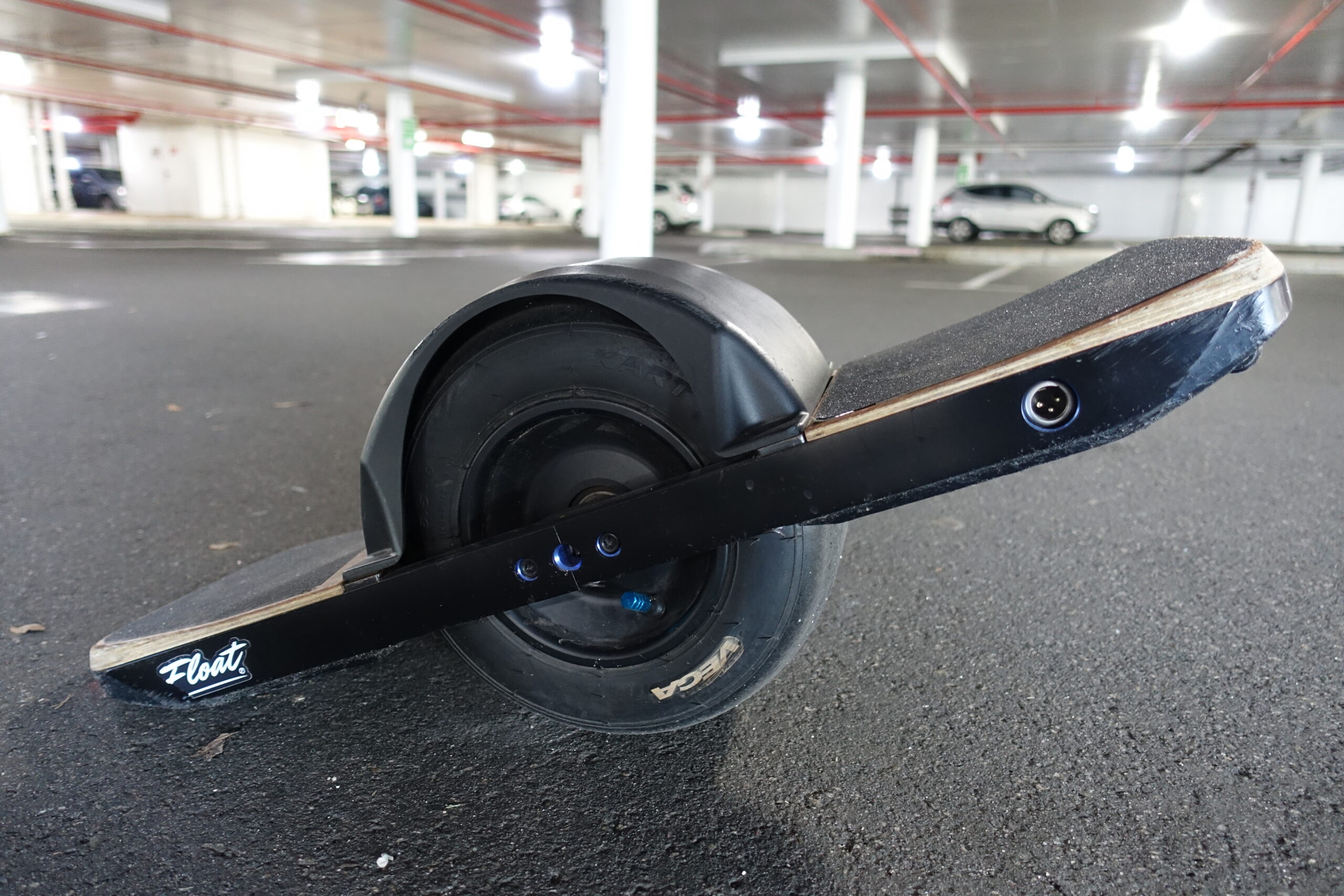Electric vehicles aren’t just the future any more, they’re the present. But if you’re just hoping for Teslas in every driveway, you’re going to miss some pretty cool stuff happening right under your nose.
Once you know where to look for them, they’re out there already. Think of this as your spotter’s guide for the next time you see something weird and wheel-y through a window.
The Post-car Future
You might have seen something a little unusual trundling around your neighbourhood recently. It’s not an escaped golf cart. It’s an Australia Post Electric Delivery Vehicle, or eDV – basically, an electric tricycle with a cabinet on the back.
It turns out Australia post had a bit of a problem. Thanks to the wonders of the internet, we’re doing two things: we’re sending fewer and fewer letters, while ordering more and more packages to be delivered straight to our doorsteps.

So although it might seem weird at first glance, the eDV kind of makes sense. A bike is too small to carry everything, a car or van is too big to manoeuvre along footpaths and driveways. It’s quiet, it’s efficient – and it carries three times as much mail as a bike.
There’s over 300 of them currently operating from Joondalup to Busselton. By 2021, they’re expected to be running in Albany, Esperance, Kalgoorlie and Geraldton. And then, without anyone really noticing, Australia Post will have more electric vehicles than anyone else in the country.
One size fits (sm)all
Even if you’re not a postie (or moonlighting as a racing driver), your commute could still get a whole lot more interesting.
With the help of some sensors and electronics, the same instant torque that makes racing fun can also be used to balance a single-wheeled vehicle. We might be entering the age of the commuter unicycle.
Yes, really.

Phill, an electrical engineer, commutes to and from work every day on an electric unicycle.
“My electric skateboard was not fulfilling my requirements,” he says.
"I was really keen on the idea of getting on to something as compact and as agile as the unicycle."

Having one wheel isn’t just a novelty. It also takes up much less space than even a bicycle. That lets you take advantage of another EV for part of your trip: Perth’s regular electric trains.
“I would arrive at the train station, tag on and get onto the train, then just turn it off and slide it under the seat.
“It was just such a seamless experience.”
Onewheel at a time
For Sam, who also commutes on a one-wheeled EV, the trains were part of the problem.
“I work in a bar, so often I found myself paying for Ubers every night, as the Perth trains don’t run when I finish work,” he says.

Sam’s aptly named ‘Onewheel’ uses the same self-balancing technology in a different layout. The result feels much less like a unicycle, and more like a snowboard.
“I didn’t want to have to control the board externally,” says Sam. “The Onewheel uses sensors in the footpads to detect where your weight is distributed then accelerates the board accordingly.”
According to Sam, the board “costs under a cent to charge” and is “just super fun to ride.”

So what’s the downside?
“Weather is your biggest enemy,” says Sam. “Riding home in seven degree storms isn’t too fun. But aside from rain, its extremely enjoyable.”
According to Phil, there’s a slightly larger problem.
“The biggest barrier is the fact that it’s just not legal,” he says
(Although they’re legal to buy, riding devices like these on WA footpaths or cycle paths isn’t technically permitted – yet.)
“But once you get that obvious obstacle out of the way, I think the average person would really comfortably go 10 kilometres or less on a electric micro-mobility device,” he says.
“And there are so many people who live within that radius of their workplace that it would make a huge difference.”









